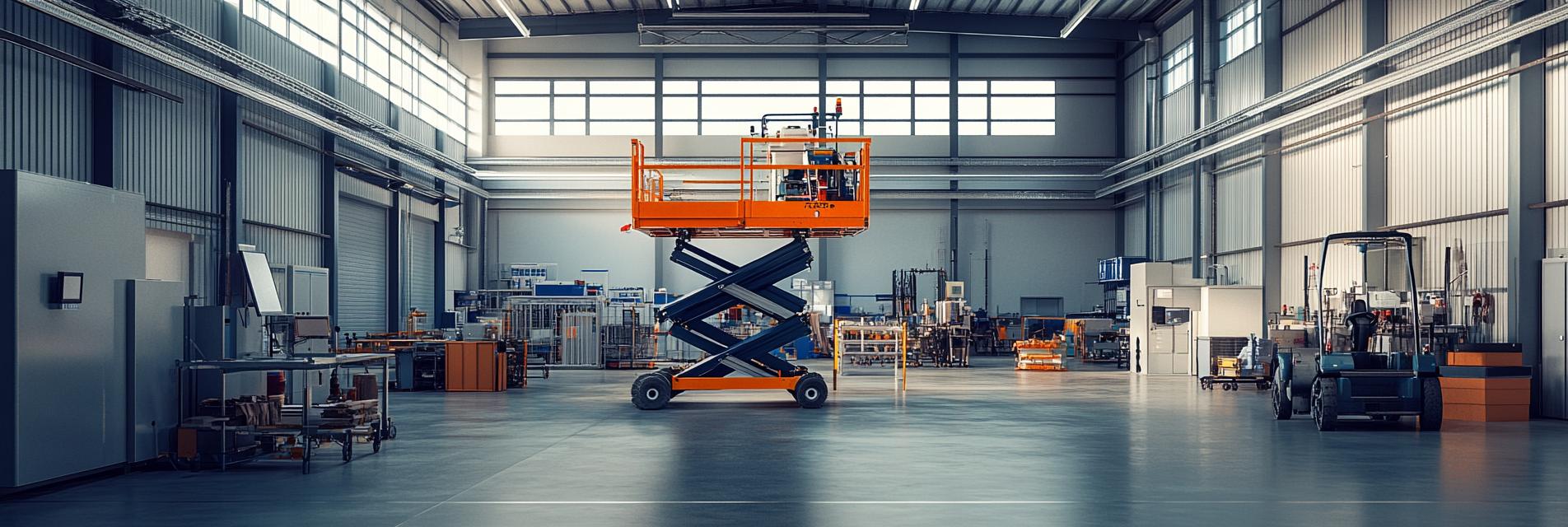In the fast-paced environment of modern factories, the need for effective lifting solutions has never been more critical. Scissor lift platforms have emerged as essential tools for enhancing operational efficiency while ensuring the safety of workers. This article delves into the various applications of scissor lift platforms in factories and highlights their importance in streamlining workflows.
Scissor lift platforms are designed to lift heavy loads to significant heights, making them ideal for various tasks in a factory setting. These platforms allow for quick access to different levels of warehouses, production lines, and assembly areas, minimizing downtime and maximizing productivity.
Their versatility means they can be used for tasks ranging from inventory management to machinery maintenance, enabling seamless operations. By reducing the need for ladders or scaffolding, scissor lift platforms ensure that employees can perform their tasks more efficiently and with greater ease.
Safety is a paramount concern in any industrial environment. Scissor lift platforms offer a safer alternative to traditional lifting methods by providing a stable and secure working surface. With features such as guard rails and locking mechanisms, these platforms significantly reduce the risk of falls and injuries.
Moreover, the design of scissor lift platforms allows for smooth vertical movement, minimizing the chances of accidents during lifting operations. By integrating safety measures, factories can create a safer working environment for their employees while ensuring compliance with regulations.
In conclusion, scissor lift platforms play a crucial role in enhancing both operational efficiency and safety within factory environments. As these versatile lifting solutions continue to gain popularity, adopting them can lead to optimized workflows and a safer workplace. Embracing such technology is not just about improving productivity; it’s about investing in the welfare of employees and the overall success of the operations.

